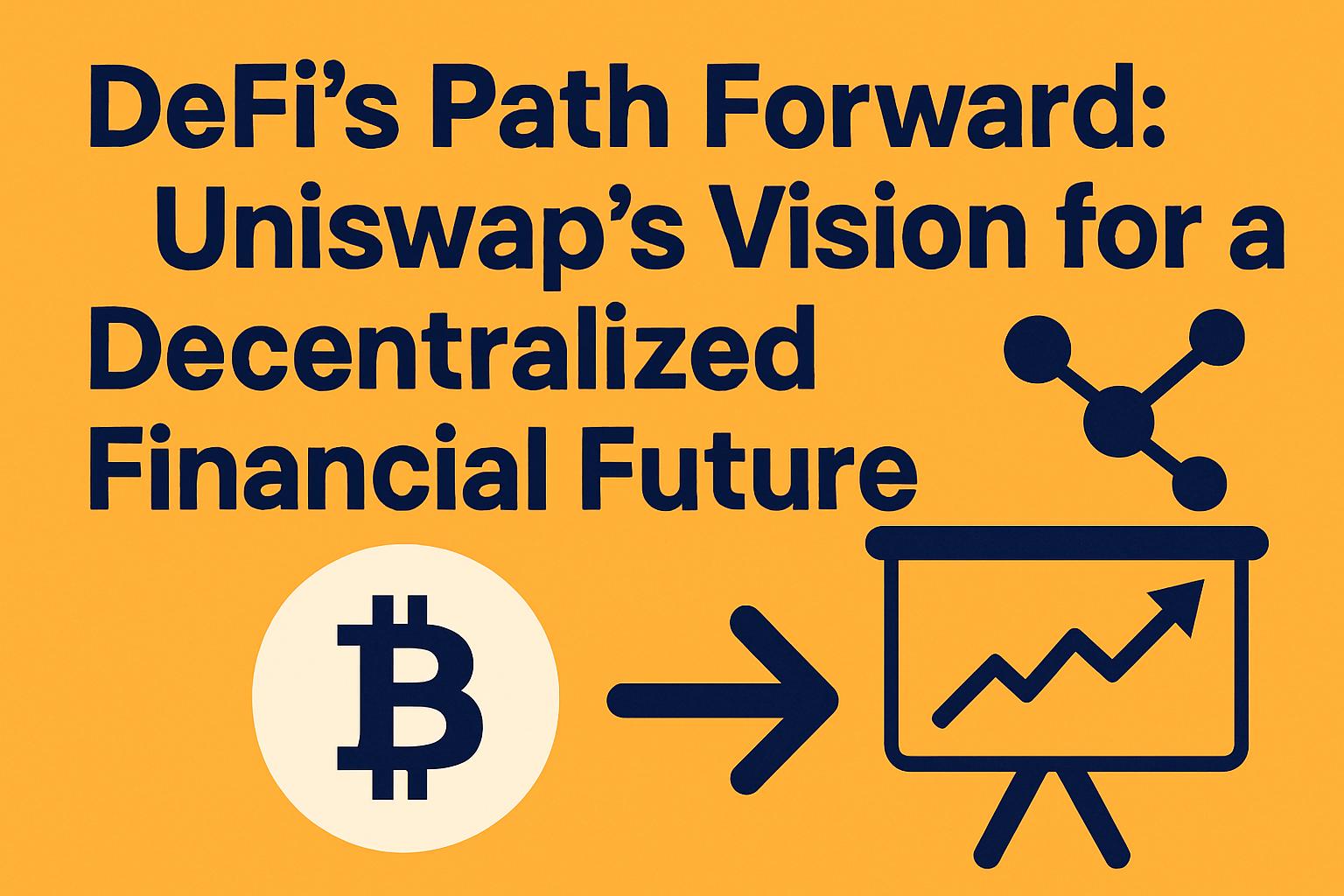At the WebX conference in Japan, Hayden Adams, the founder of Uniswap Labs, shared an optimistic view on the evolving landscape of decentralized finance (DeFi). As traditional financial systems slowly warm to the concept of decentralization, a new financial order is gradually emerging, which promises greater transparency and reduced intermediary costs.
Regulatory Easing: The Dawn of DeFi’s Golden Age?
Under the new U.S. administration, the introduction of legislative acts like GENIUS and CLARITY signals a more favorable environment for the crypto market. Adams believes this regulatory shift marks the beginning of a new era for DeFi, one where innovation is encouraged, not stifled.
While the GENIUS Act directly benefits stablecoin issuers, its ripple effects also stabilize Uniswap’s trading ecosystem. The true challenge, according to Adams, lies in creating a robust market structure that supports DeFi’s sustainable growth.
The Enduring Nature of Decentralization
Adams contends that decentralization is inherently self-sustaining and does not rely on permission to exist. However, he acknowledges the complexity of privacy issues, which extend beyond the crypto realm to broader technologies like AI and communication. Privacy rights, continuously under pressure, demand collective vigilance and advocacy.
Lessons from FTX: Trusting the Decentralized Route
The collapse of major centralized exchanges like FTX highlights the reliability of decentralized models. Even centralized giants like Coinbase are integrating decentralized exchange (DEX) services, underscoring decentralization as the inevitable path forward. Yet, challenges remain, particularly in scalability and user experience.
The Promise of Open Protocols
Adams highlights another advantage of decentralization: the stability and reliability of open protocols. Unlike centralized platforms, where developers face changing APIs and policies, open protocols allow for uninhibited innovation. This model enables asset issuers to create liquidity pools directly on Uniswap, bypassing costly negotiations with market makers.
As regulatory pressures ease, these benefits will become increasingly pronounced, potentially attracting traditional financial institutions. Imagine a world without the $25 wire transfer fees or the 3% credit card transaction costs. This is the future Adams envisions.

![[News] Bitcoin at a Turning Point? 10x Research Signals a Bullish Macro Shift Ahead](https://cryptoexplores.com/wp-content/uploads/2025/06/new20250616.jpg)
![[News] Binance Lists $HOME, the Gas-Free, Bridge-Free All-in-One DeFi App](https://cryptoexplores.com/wp-content/uploads/2025/06/news20250617.jpg)